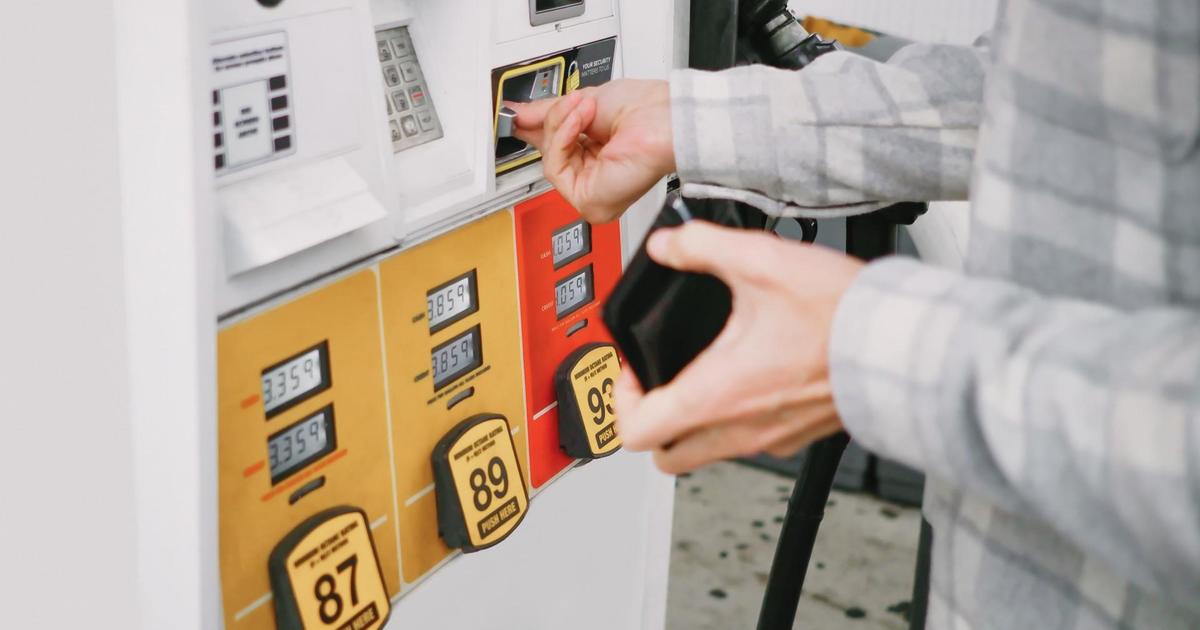Guide To Collecting, Storing & Cellaring Craft Beer
Like a fine wine, *some* beers actually get better with age. And as craft beer's popularity grows, so do the intricacies that go along with it. For instance, if stored properly over time, some bottles will taste even better when you open them, and certain rare brews can end up being worth thousands of dollars. This may not be news to some aficionados, but the main stream is just starting to catch onto the idea of cellaring beers. For instance in November 2012, Boston-based Skinner became the first brick and mortar auction house to put beer on the block. (Note: Rare fine ales are included in their upcoming online auction from April 25-May 2!) Skinner's wine and beer specialist, Certified Cicerone Michael Moser helped us out with some pointers on the types of beers that are worth hanging onto and how best to store them.
EDITOR'S NOTE: Moser was also kind enough to collaborate with us to come up with a list of local beers that are worth storing/cellaring. Click here for those lists.
Styles Worth Storing
Sour Beers: Lambics & Gueuze - Made with malted barley, wheat and aged hops and often fruit. Fermentation occurs naturally through exposure to ambient yeast and bacteria while fermented in oak barrels for one to five years.
Stouts: Brewed with barley and roasted barley with common flavors of coffee, chocolate and even dark fruit. Imperial stouts are often complex, have higher alcohol content, and thus age better.
Barley Wines: An ale that uses a massive amount of malted barley. Typically copper or amber in color, with an alcohol content of 10 percent or higher, and heavily hopped and cask conditioned, barely wines are a classic style for ageing, developing honey and nutty flavors through the years.
Storage Tips
Like with wine, the temperature should be consistent and cold - 45-55 degrees Fahrenheit. Unlike wine, the idea of cellaring beer is only starting to gain steam among the masses. In other words, as Moser puts it, it's not an exact science. The jury's still out on whether to store the beer upright or on its side. The general rule of thumb is that if it's capped, store upright. If it's corked, store sideways. However, some beer aging enthusiasts will tell you that because of the way they age with the yeast, you should always store sour beers on their side for the best results.
Don't forget to check back tomorrow and the next day for a list of Massachusetts & New England-wide brews worthy of collecting, storing & cellaring!




